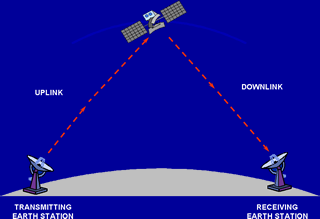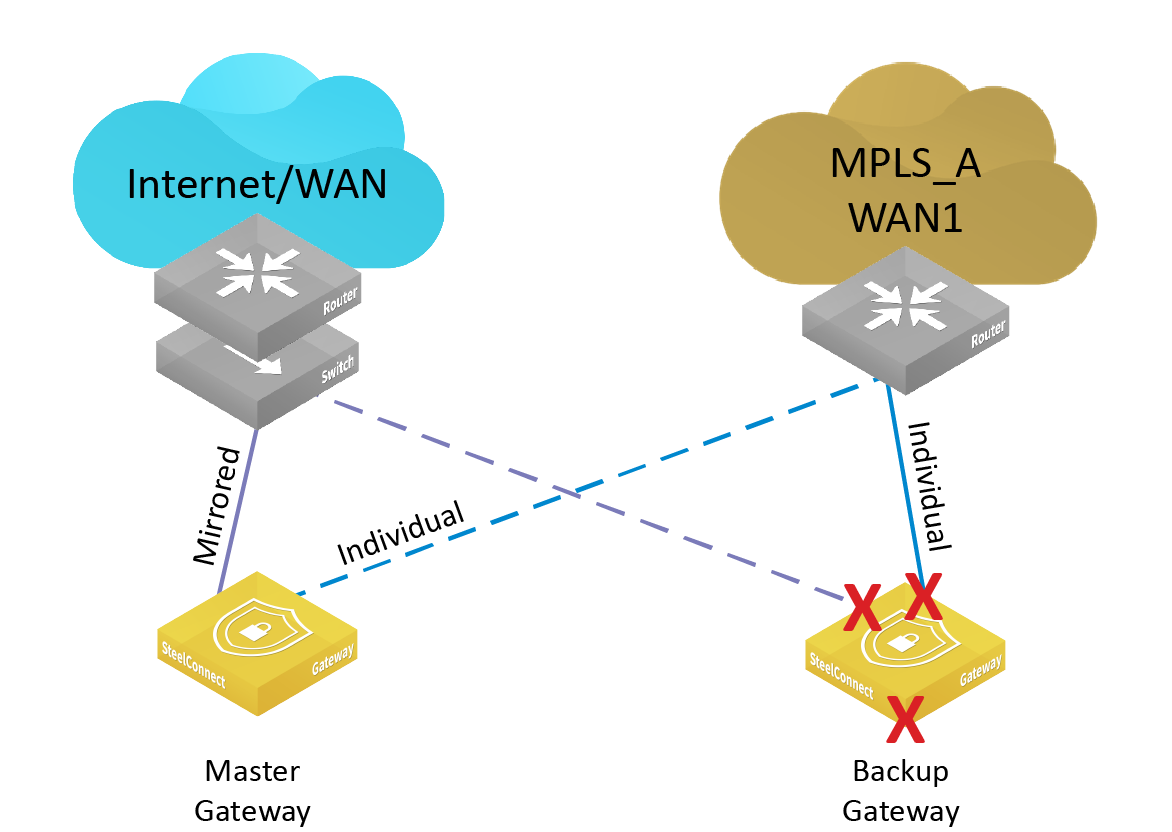

This paper proposes a Concurrent Downlink and Uplink (CDU) JCAS system where the BS can use the echo of transmitted dedicated signals for sensing in the uplink timeslot, while performing reliable uplink communication. Uplink failure detection supports network adapter teaming and provides network redundancy. You will need to ensure the Mesh Node's specified uplink should match Mesh Root's downlink setting.Īfter establishing the Mesh network, you can see the Wireless Downlink Band setting in Mesh> Mesh Status menu page. Equipped with two spatially separated antenna arrays, the base station (BS) can perform downlink active JCAS in a mono-static setup. When the VigorAP is in Mesh Node mode you can choose the required uplink/downlink bands. It includes the BER/BLER insertion (requires TD-SCDMA enhanced option). When the VigorAP is in Mesh Root mode, you can choose the required downlink band. The unit which does both teh uplink and downlink processing is known as Transceiver. Channel coding in line with the definition of reference measurement channels in TS 25.102, TS 25.105, and TS 25.142. For example, the VigorAP920 can establish the Mesh network by using either 2.4GHz and 5GHz bands but the VigorAP903 can only use the 5GHz band. The neighboring base station continues to serve the user equipment in the downlink direction in what is now an asymmetrical uplink/downlink connection. In a TDD scheme, the bandwidth is shared between uplink and downlink, with the sharing being performed by allotting different periods of time to uplink and.

Note: The options available vary for different models. The uplink and downlink transmitters use separate frequency bands for transmissions therefore, both downlink and uplink transmitters can transmit at all times and at the same time 3. This flexibility allows you to select the most suitable Wi-Fi band (2.4GHz/5GHz) for the Wi-Fi Mesh network. The new Mesh feature available in the latest firmware now supports Wireless uplink/downlink band options. On the other hand, the 5GHz band is more easily affected by physical objects such as furniture, walls, and buildings etc.

However, the 2.4GHz band is usually more crowded than the 5GHz band and is more likely to be affected by interference from neighboring access points. The Wi-Fi coverage of the 2.4GHz band is much greater that of the 5GHz band.


 0 kommentar(er)
0 kommentar(er)
